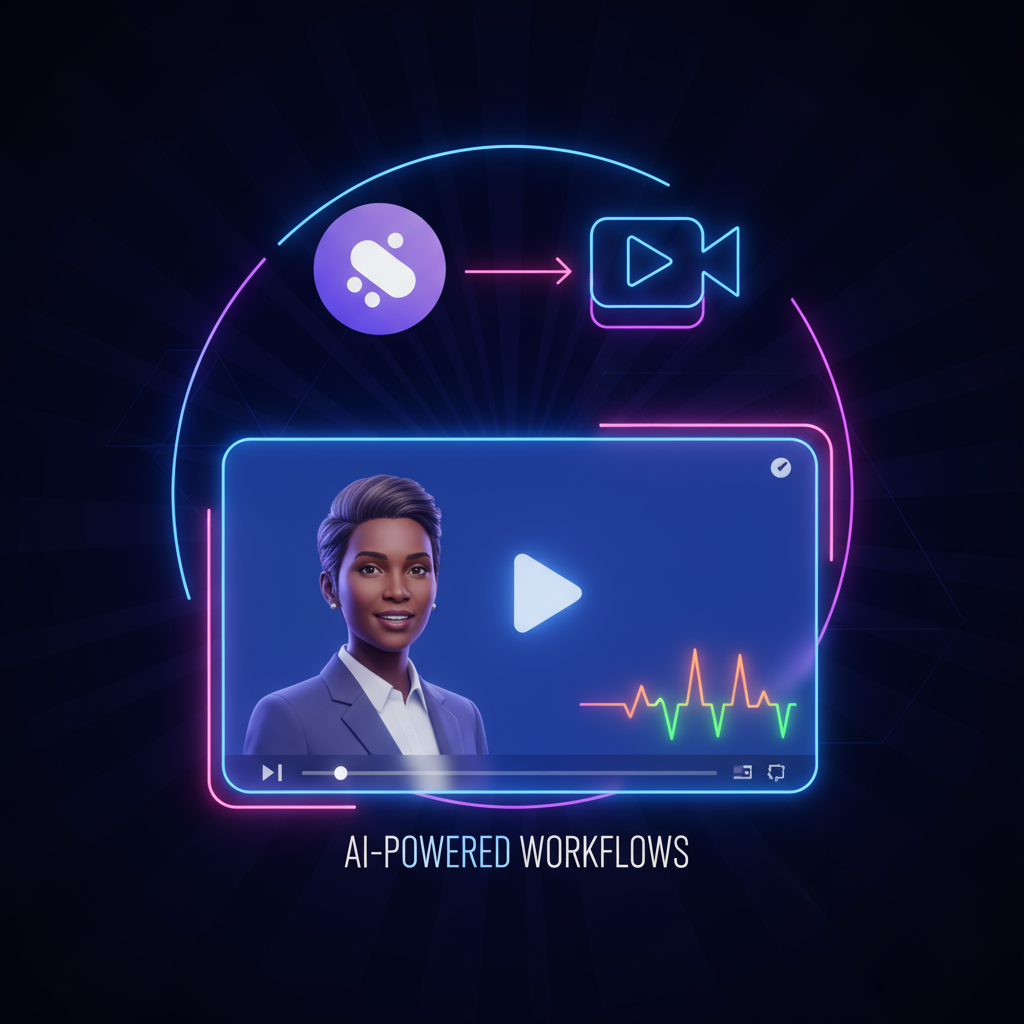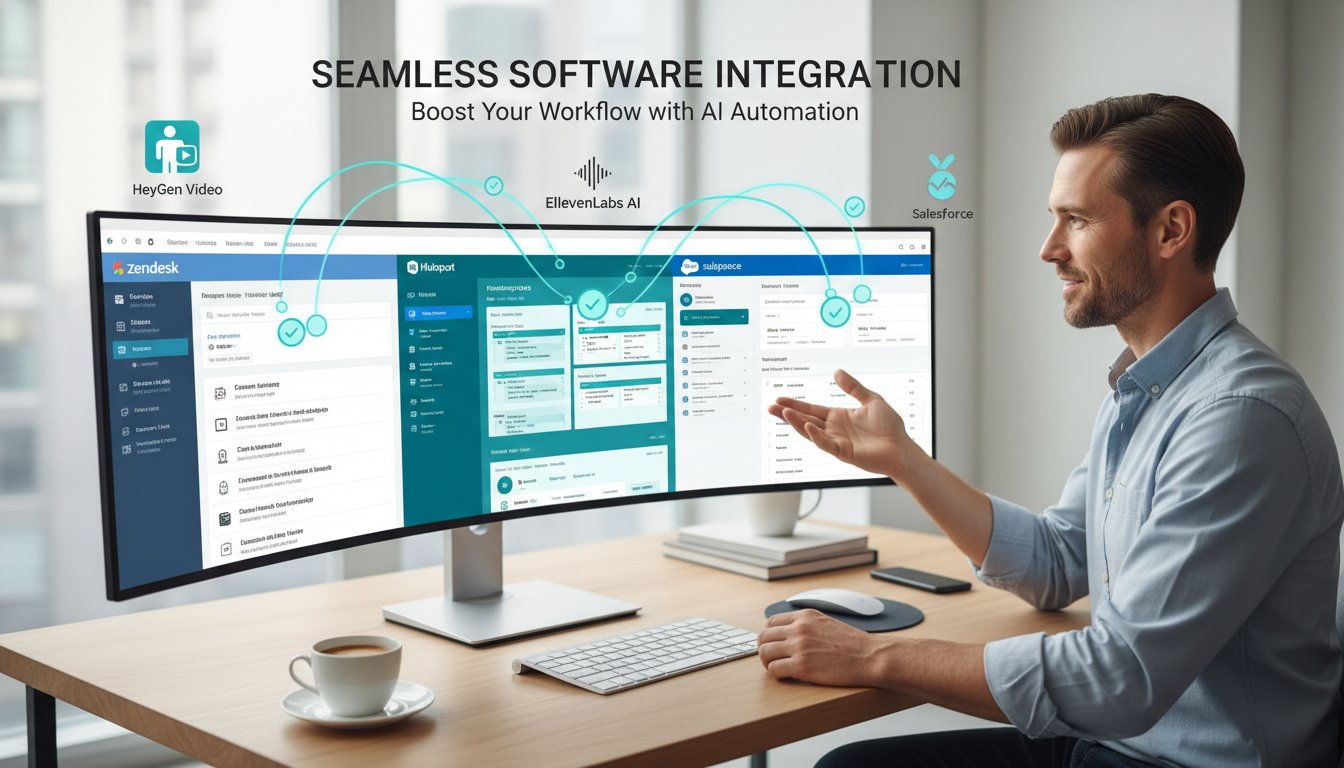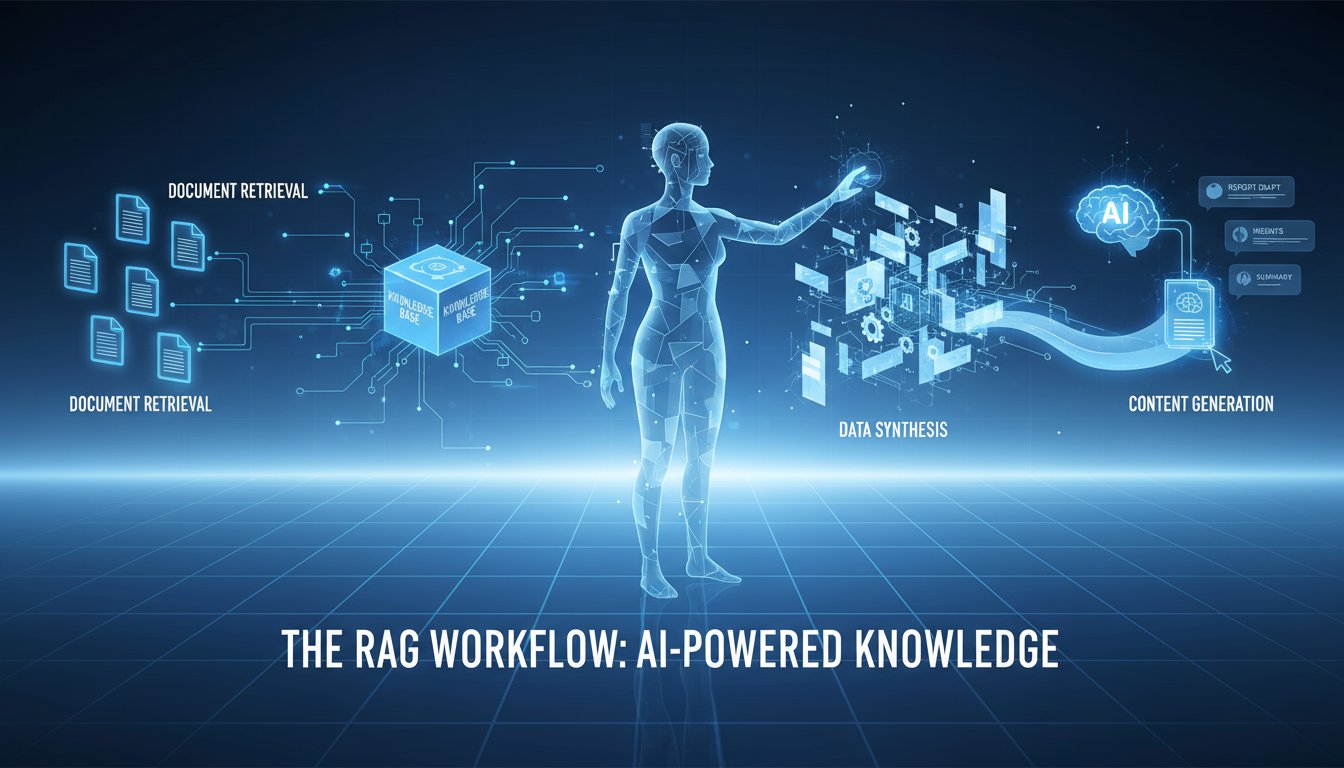In the fast-paced world of enterprise communication, Slack is the undisputed king of real-time collaboration. It’s the digital office, the virtual water cooler, and the central nervous system for countless organizations. Yet, its greatest strength—immediacy—is also a significant challenge. Important announcements, from critical product updates to major company milestones, are often drowned in a relentless stream of messages, reactions, and threaded conversations. A thoughtfully crafted message from leadership can disappear from view in minutes, its impact lost to the scroll.
This is a common frustration for internal communications and leadership teams. How do you ensure that your most crucial messages don’t just get delivered, but are actually seen, absorbed, and remembered? Standard text is easily skipped, and even bolded channel notifications can become routine background noise. The core challenge is cutting through the digital noise to deliver announcements with the gravity and personal touch they deserve. In a physical office, a CEO could walk the floor to share news; in a remote or hybrid world, that personal impact is difficult to replicate through text alone.
Imagine, instead, if you could combine the directness of Slack with the engagement of video. Picture this: a new, game-changing feature is ready for launch. Instead of a simple text-based announcement, a video of your CEO or Head of Product appears directly in the main announcements channel, personally explaining the update and sharing their excitement. This isn’t a pre-recorded, high-effort production, but an automated, dynamically generated video created in moments. This is where the power of generative AI comes into play. By integrating a leading AI video generation platform like HeyGen with Slack’s versatile API, you can build a system that transforms simple text commands into polished, engaging video announcements. This article will provide a complete, step-by-step technical walkthrough for developers, architects, and operations leaders on how to build this exact system, creating an unmissable and impactful communication channel right within your existing workspace.
The Architecture: A High-Level Look at Connecting Slack and HeyGen
Before we dive into the code, it’s essential to understand the workflow. The goal is to create a seamless process where a user can trigger a video announcement from a simple Slack command. This requires three main components: a Slack App to handle the user interaction, a HeyGen account to generate the video, and an intermediary serverless function to orchestrate the entire process.
Prerequisites: What You’ll Need
To follow this guide, you will need:
* A Slack Workspace: You must have administrative privileges to create and install a new application.
* A HeyGen Account: A plan that includes API access is required. You can start with a free plan to get your API key.
* A Serverless Environment: We will use Python code examples designed for a service like AWS Lambda, Google Cloud Functions, or Azure Functions. This environment will host our logic that listens for Slack events and calls the HeyGen API.
The Workflow at a Glance
Our automated system will operate in a clear, sequential manner:
1. Trigger: A user in a designated Slack channel types a slash command (e.g., /announce) followed by their message text.
2. Webhook: The Slack App captures this event and sends a payload of data (including the message text and user information) to a predefined webhook URL—the endpoint for our serverless function.
3. Processing: The serverless function receives the payload, verifies its authenticity using Slack’s signing secret, and extracts the text for the announcement.
4. Video Generation: The function then makes an authenticated API call to the HeyGen API, passing the extracted text and the specific ID of a pre-selected AI avatar.
5. Callback: HeyGen’s API begins generating the video. Once complete, it sends a callback to our function with the status and a URL to the finished video.
6. Broadcast: Our function receives this callback, extracts the video URL, and posts it as a new message in the original Slack channel, making the video announcement visible to everyone.
A Step-by-Step Implementation Guide
Now, let’s get to the technical details. This section will walk you through building each component of the integration, from app manifests to the Python code that ties it all together.
Step 1: Setting Up Your Slack Application
First, you need to create a Slack App that can listen for slash commands.
1. Navigate to the Slack API dashboard and click “Create New App.”
2. Choose “From an app manifest” and select your workspace.
3. Paste the following YAML manifest into the editor. This manifest defines our /announce command and sets up the necessary permissions (scopes) for our app to post messages.
```yaml
display_information:
name: HeyGen Announcer
features:
bot_user:
display_name: Announcer Bot
always_online: false
slash_commands:
- command: /announce
description: Creates a video announcement with HeyGen.
usage_hint: "[your message]"
should_escape: false
oauth_config:
scopes:
bot:
- commands
- chat:write
settings:
interactivity:
is_enabled: true
org_deploy_enabled: false
socket_mode_enabled: false
token_rotation_enabled: false
```
- Create the app and install it into your workspace. After installation, navigate to the “Basic Information” page and find your Signing Secret. Then, go to the “OAuth & Permissions” page to get your Bot User OAuth Token. Keep these credentials handy; we’ll need them for our function.
Step 2: Programming the Serverless Function
This function is the brain of our operation. The following Python example is designed for AWS Lambda, but the logic can be adapted to any serverless provider. It handles incoming requests from Slack, calls the HeyGen API, and posts the result back.
import os
import json
import requests
def lambda_handler(event, context):
# Extract text from Slack's command
slack_body = json.loads(event.get('body', '{}'))
announcement_text = slack_body.get('text')
if not announcement_text:
return {
'statusCode': 200,
'body': json.dumps({'text': 'Please provide a message for the announcement.'})
}
# Authenticate with HeyGen API
heygen_api_key = os.environ['HEYGEN_API_KEY']
avatar_id = 'YOUR_AVATAR_ID' # Replace with your chosen avatar ID
headers = {
'Authorization': f'Bearer {heygen_api_key}',
'Content-Type': 'application/json'
}
# Call HeyGen to generate the video
payload = {
'video_inputs': [
{
'character': {
'type': 'avatar',
'avatar_id': avatar_id,
'avatar_style': 'normal'
},
'voice': {
'type': 'text_to_speech',
'input_text': announcement_text
}
}
],
'test': True, # Set to False for production
'aspect_ratio': '16:9'
}
response = requests.post('https://api.heygen.com/v2/video/generate', headers=headers, json=payload)
if response.status_code == 200:
video_id = response.json().get('data', {}).get('video_id')
# In a real application, you would store this video_id and wait for a callback from HeyGen
# For this example, we'll assume we get the URL and post it back to Slack.
# This part needs a more robust solution with a state machine or separate endpoint for HeyGen's webhook.
# Post the video back to Slack (simplified example)
slack_webhook_url = slack_body.get('response_url')
video_url = f"https://app.heygen.com/video/{video_id}"
requests.post(slack_webhook_url, json={'response_type': 'in_channel', 'text': f"New announcement: {video_url}"})
return {
'statusCode': 200,
'body': json.dumps({'text': 'Your video is being generated...'})
}
Step 3: Configuring the HeyGen API
Login to your HeyGen account and navigate to the API settings to get your API Key. You will also need to select an avatar for your announcements. You can use one of the public avatars or create a custom one for your brand. Each avatar has a unique ID, which you can find in the API documentation or by inspecting the avatar in the HeyGen portal. This is the avatar_id you’ll use in your serverless function.
Advanced Customization and Security Considerations
While the above guide provides a functional MVP, a production-ready system should include more robust features and security checks.
Verifying Slack Requests
To ensure that incoming requests to your serverless function are genuinely from Slack, you must implement signature verification. Slack includes a unique signature in the headers of every request, which is generated using your app’s Signing Secret. Your function should use this secret to compute its own signature and compare it with the one from the request. Reject any requests that do not match.
Dynamic Avatars and Voices
Want to make it even more dynamic? You can enhance the slash command to allow users to select an avatar. For example, /announce [ceo] [message] could map the ceo keyword to a specific avatar ID within your function. This allows for different leaders or departments to have their own designated AI presenter, adding another layer of personalization to the system.
Error Handling and State Management
Video generation is not instantaneous. A production system needs to handle HeyGen’s asynchronous callbacks gracefully. A better approach than the simplified one above is to use two separate functions: one to initiate the video generation and another (exposed as a different API endpoint) to receive the webhook from HeyGen when the video is ready. Using a service like AWS Step Functions or a simple database to track the state of each video request (e.g., pending, completed, failed) is highly recommended for a resilient workflow.
By building this integration, you transform your internal communications from passive text into active, engaging media. You’ll move beyond messages that are simply delivered to creating announcements that are truly seen and felt. That initial problem of critical news getting buried in a noisy channel is elegantly solved. With this system, your most important updates are no longer just another line of text; they become a can’t-miss event, capturing attention and driving alignment across the organization. This is just one example of how generative AI can be practically applied to solve real-world business challenges. To start creating automated video announcements and explore the full potential of AI video generation, click here to sign up for HeyGen (https://heygen.com/?sid=rewardful&via=david-richards).




